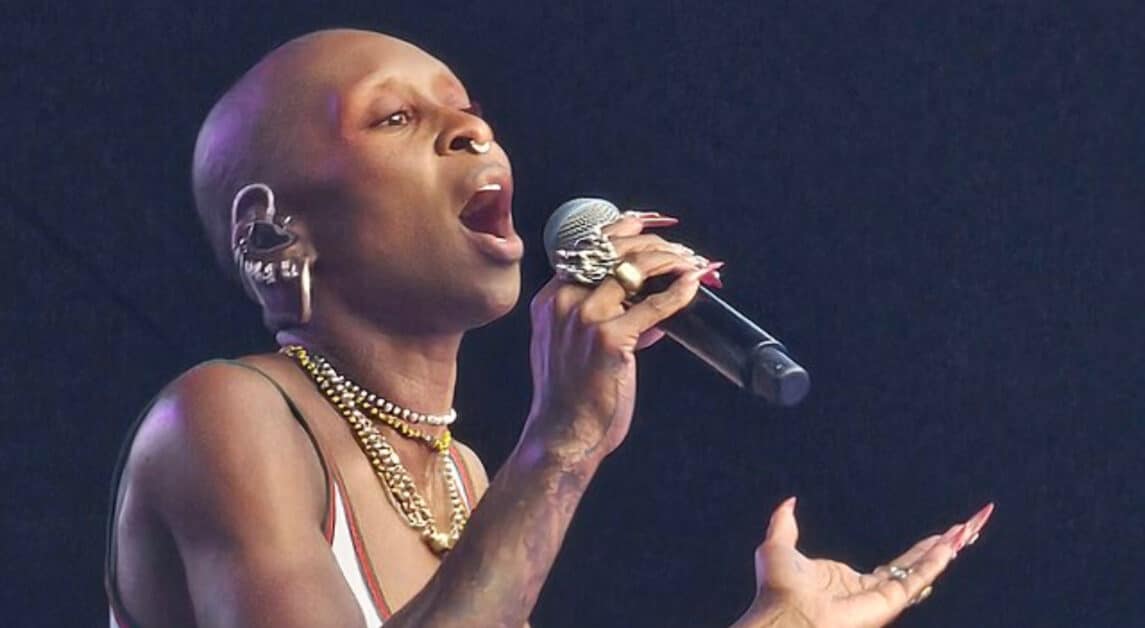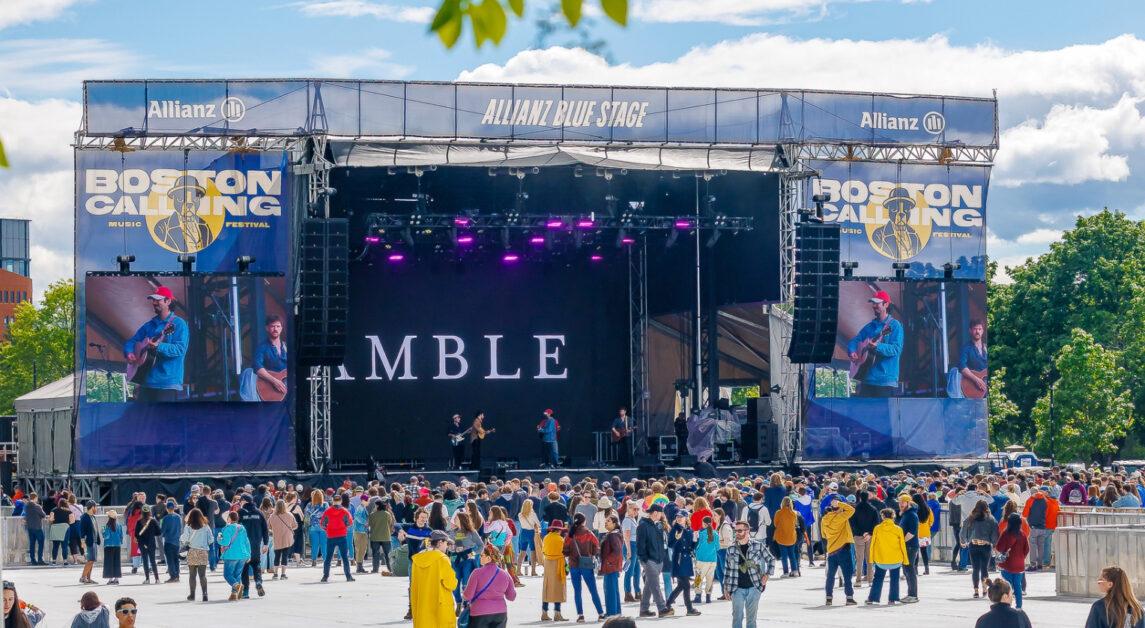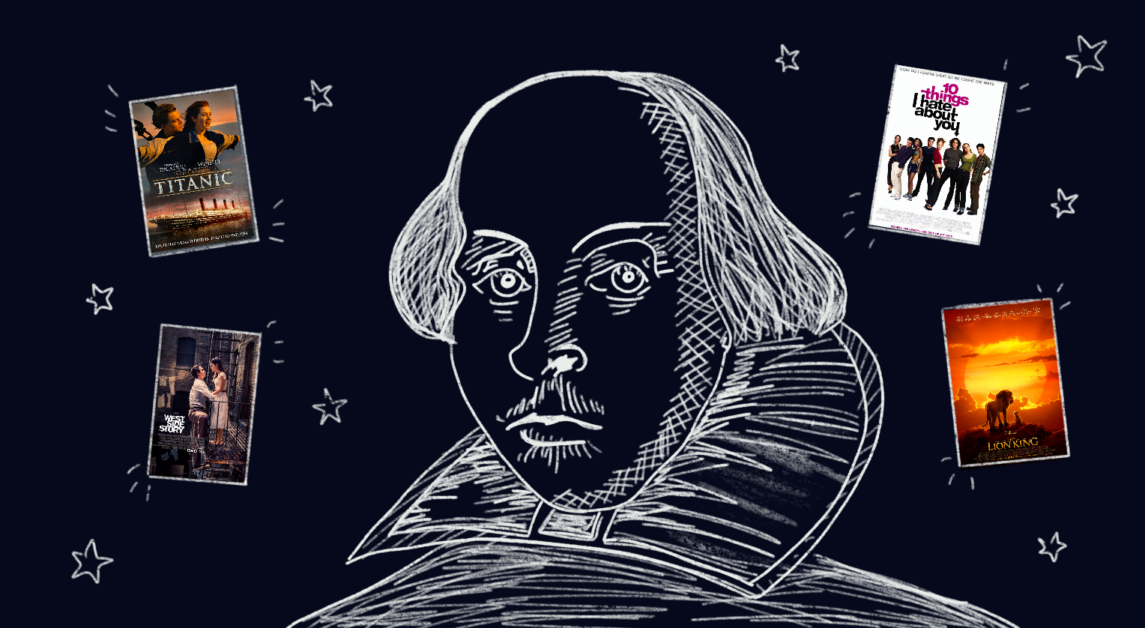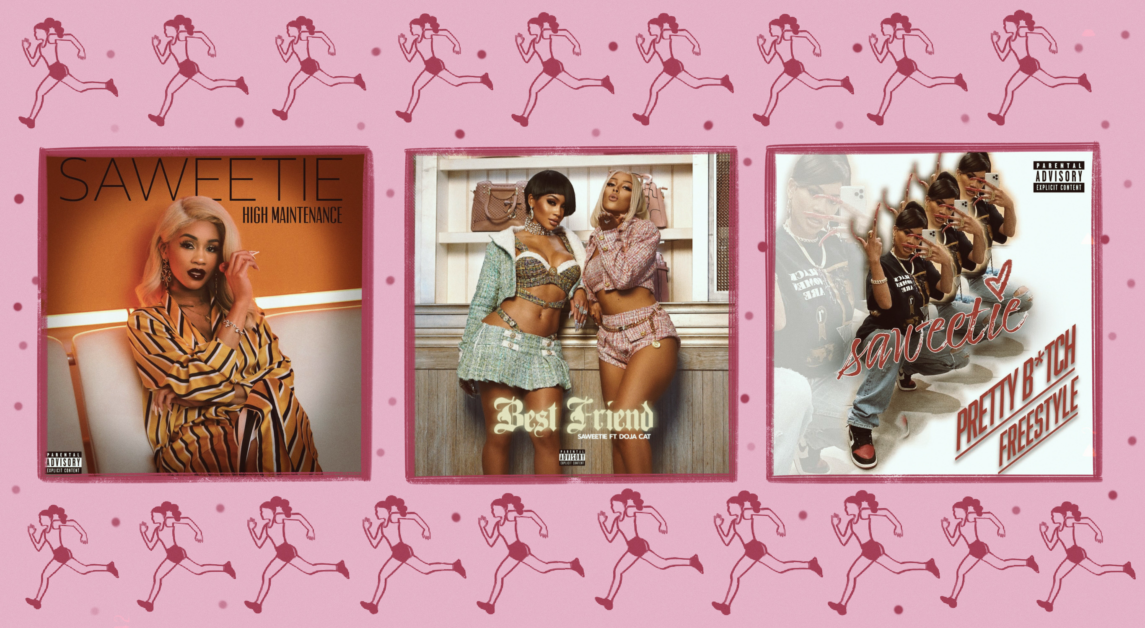You know the all-too-familiar discourse when award season inevitably rolls around. Debates about who deserves to win versus who will win, who should’ve gotten nominated and who definitely shouldn’t have, all swirl around online as the public endorse their favorite celebrities.
But one particular topic of discussion arises each and every year that is profoundly more pressing: the lack of diversity.
Award shows are notorious for the lack of recognition they give to actors and artists belonging to minority groups. With several media industries being historically white dominated, awards ranging from the Emmys to the Country Music Awards (CMAs) have come under fire for their continued underrepresentation.
In 2015, an initiative aptly named #OscarsSoWhite began on then-Twitter as a reaction to all-white Academy Award nominees that year. Gaining traction online as people of color in the film industry spread the message, the issue of the Oscars’ lack of diversity has repeatedly come under scrutiny as they continued to largely nominate white actors and creatives.
Frustratingly normalized, this absence of diversity is glaringly obvious to the masses that tune into each year’s award season. In a defeatist sentiment, I often find myself accepting this as an inescapable reality, reacting to a nominee of color losing with the thought that “it is what it is.”
That was, until this year’s Emmys. In a monumental moment for Asian representation in television, Shōgun came out victorious after just one season.
Based on a novel about feudal Japan, Shōgun racked up 18 total Emmys and is the first non-English-language show to ever win an Emmy for best drama. On top of that, lead actors Anna Sawai and Hiroyuki Sanada are the first Japanese actors to win Emmys ever.
Specifically, Sawai is the first Asian actress to ever win for Outstanding Lead Actress in a Drama. If that headline sounds familiar, you may be thinking about Michelle Yeoh’s 2023 Oscars victory that made her the first Asian actress to ever win Best Lead Actress. That demarcated her as the second woman of color to win for Lead Actress, 20 years after Halle Berry made history.
With Shōgun’s big night, talks about diversity take a new turn. After unceasing losses for actors of color throughout the existence of award shows, seeing ground-breaking victories at this year’s Emmys brings me to the hopeful conclusion that diversity is finally growing.
Not fully convinced? Let’s take a look at some more of the history made in recent award shows.
In mentioning Yeoh for her performance in Everything Everywhere All at Once, it’s necessary to point out that the Asian-dominated cast and creative crew truly dominated the 2023 Oscars. With wins for Ke Huy Quan as supporting actor, Daniel Kwan for directing, and the coveted Best Picture trophy, Everything Everywhere All at Once was the first signal as to where award shows would soon be heading.
In that same year, actress Lily Gladstone gained notoriety for her role in Killers of the Flower Moon, for which she won a Golden Globe and, most importantly, made history as the first Native American woman to be nominated for an Oscar. Despite not winning the award, Gladstone set the stage for future Native American actresses to have a shot at recognition.
The 2023 Oscars were an exemplary moment for people of color in the film industry, a startling uptick in the effort for diversity. Thanks to years of complaining and advocacy for inclusivity—see, Twitter can be useful—2023 was when the Oscars implemented diversity, equity, and inclusion (DEI) criteria for its Best Picture category.
Requiring films to fulfill two of four DEI criteria in order to be nominated for Best Picture, the Oscars saw a 20 percent increase in non-white nominations. But looking back a few years, the Oscars had actually improved before implementing an official DEI initiative.
Whether it be CODA’s 2022 wins that finally gave appreciation to deaf actors or the 2021 Oscars seeing people of color win for Best Supporting Actor, Actress, and Director, the Oscars have been on the up in recent years.
Nonetheless, I’m very hesitant to give the Oscars and award shows as a whole too much esteem. The Oscars are just four years away from being a century old, and it’s taken this long for an Asian actress to win for the Lead? While progress is being made, it’s come at an astonishingly sluggish pace.
This was the sentiment expressed by John Leguizamo during his introductory speech for Television Academy chair Cris Abrego, the first Latino chairman. A known critic of the lack of diversity in the film industry, Leguizamo used his time on stage to applaud the steps made forward while also acknowledging the remaining underrepresented groups.
Pointing to the Latino representation, Leguizamo celebrated nominations for actors like Selena Gomez, Issa López, and Liza Colón-Zayas, who is the first Latina woman to ever win for a supporting actress role. An indication as to the progress of the industry, Leguizamo still qualifies his argument in asking for more stories from other excluded groups.
Leguizamo also mentions his full-page ad taken out in The New York Times. Addressed to “Hollywood,” Leguizamo calls for true representation and inclusivity.
“Let us not continue to white wash our Awards shows,” Leguizamo wrote. “Instead let this year be the catalyst that inspires the Next Generation of minority and underrepresented artists … a generation who might finally see a reflection of themselves on that stage and think, ‘If they can, maybe I can too.’”
When talking about the importance of diversity in awards shows, the significance does not just extend to the actors and artists that deserve recognition they have long strived for. Exemplifying equality through diversity on the screen works to establish the norm of equality everywhere, not just in the film industry.
Award shows are not simply glamorous, meaningless parties for celebrities. They have the ability to instill in the public crucial standards like equality.
That’s why true power lies in the arts. The arts have a unique ability to truly influence the public and what it considers to be vital for American culture, precisely why the two are often lumped together as the collective “arts and culture.”
For me, the arts’ influence on the public is a two-way street. At its core, art is meant to be consumed and thus is a representation of what people value and desire to see. But in its purpose of consumption, the arts can then shape the norms and behavior that create American culture.
The arts are thus an indicator as to what the American people see as important, as well as a mechanism to form what is significant. So when award shows do not rightfully celebrate those belonging to minority groups, what is that meant to say about American culture and what it values?
Thankfully, award shows are finally seeing the diversity they have repeatedly been called on to have. Americans have long claimed diversity as a hallmark standard of our culture, and it seems that we are finally starting to follow through on that ideal.
Even so, there’s still work to be done. The CMAs recently came under controversy as it was revealed that Beyoncé did not receive a single nomination for her album Cowboy Carter. Despite its raging popularity, becoming No. 1 on Billboard’s Top Country Albums, the CMAs did not give Beyoncé a shred of recognition.
Times are clearly changing for the better. While it has taken quite some time to get where we are today, representation has grown to an all-time high in award shows and the industries they stand for. If the arts are any indication, our society is making progress—now we just have to keep the momentum.














